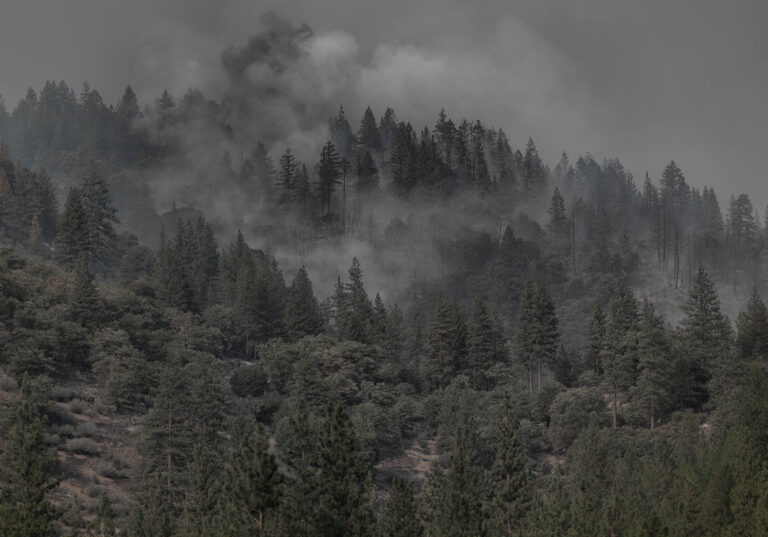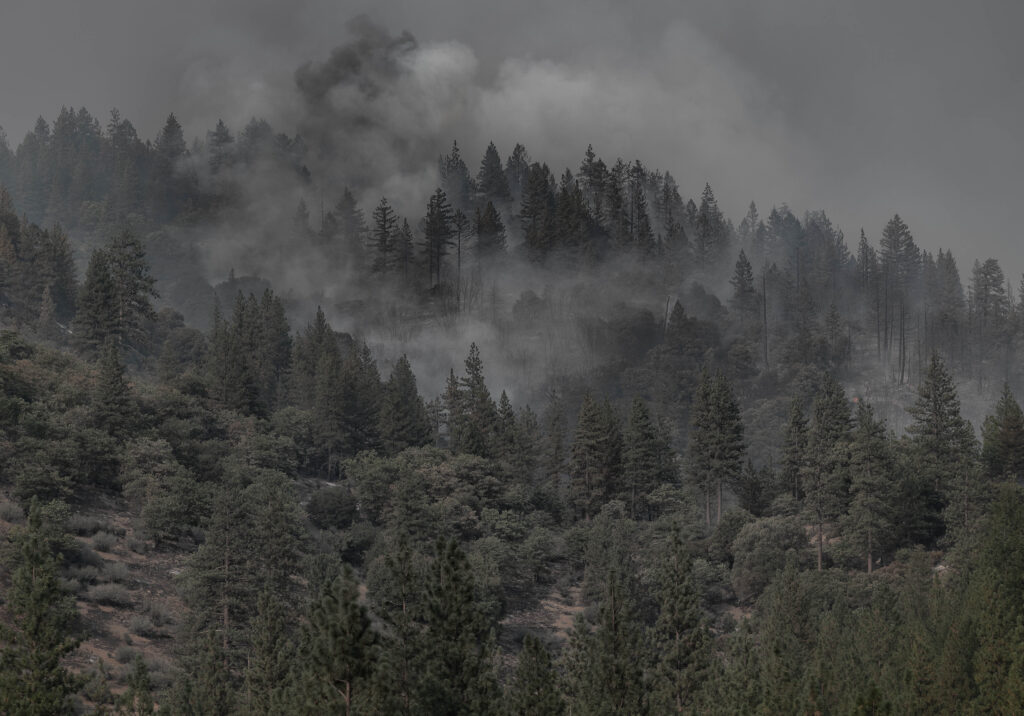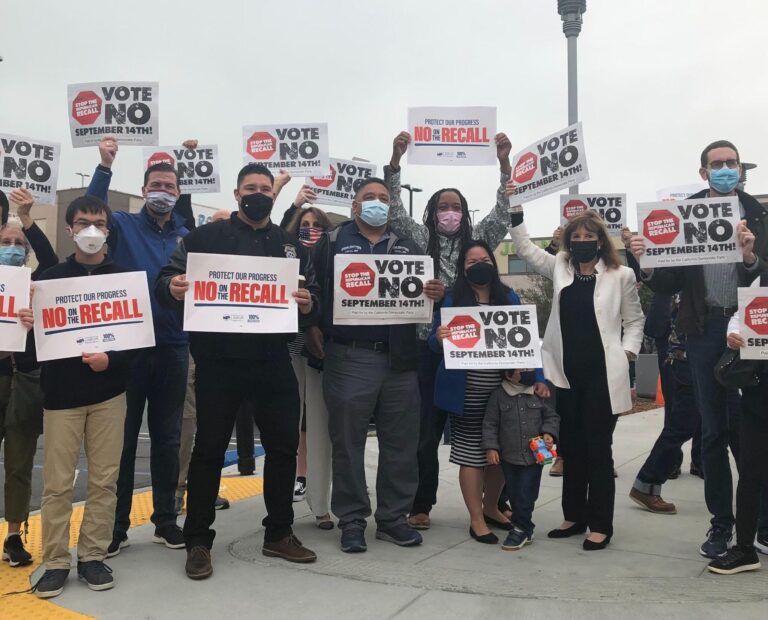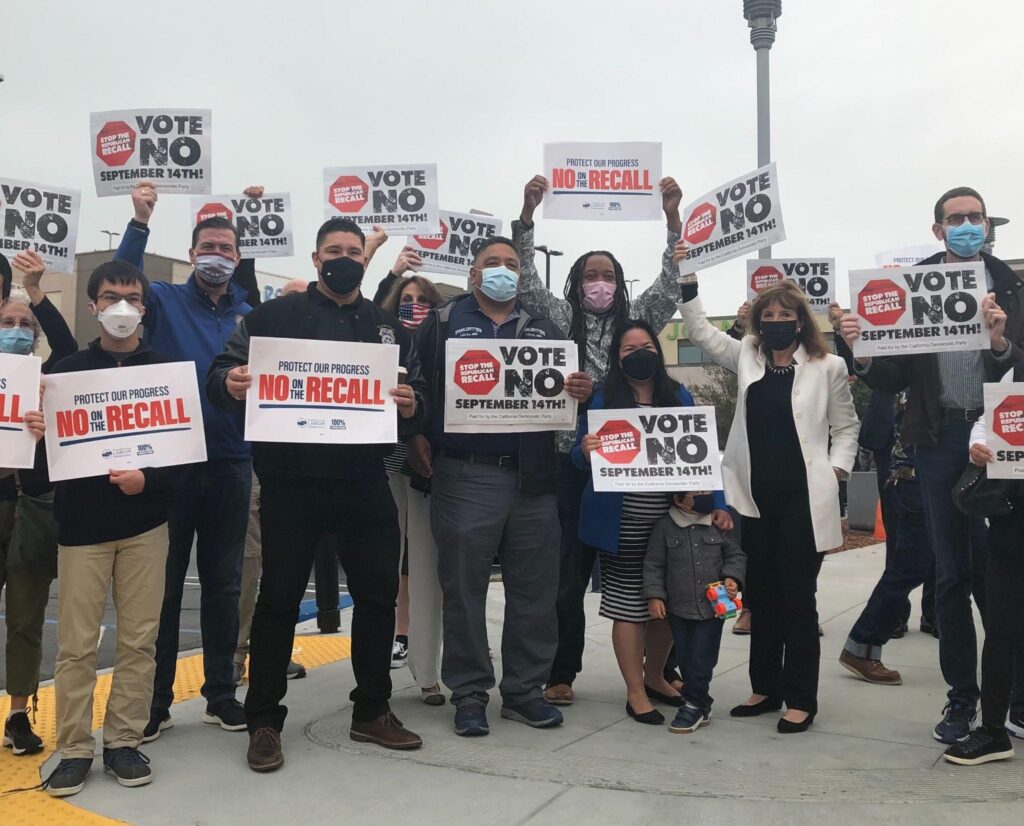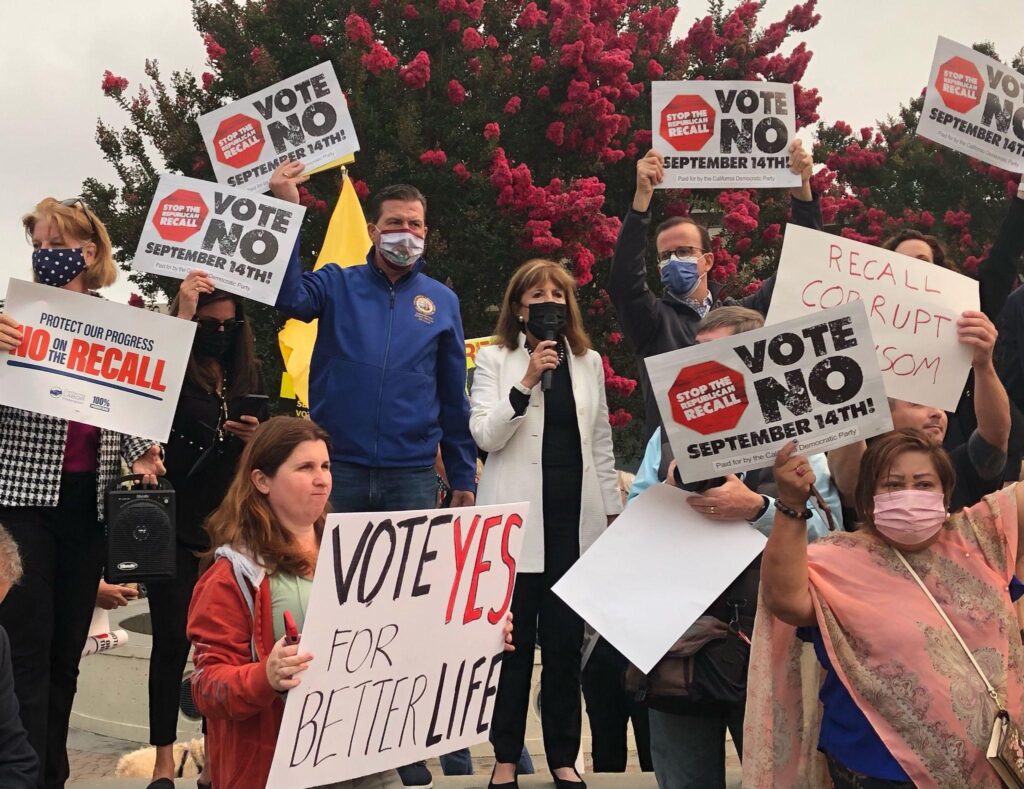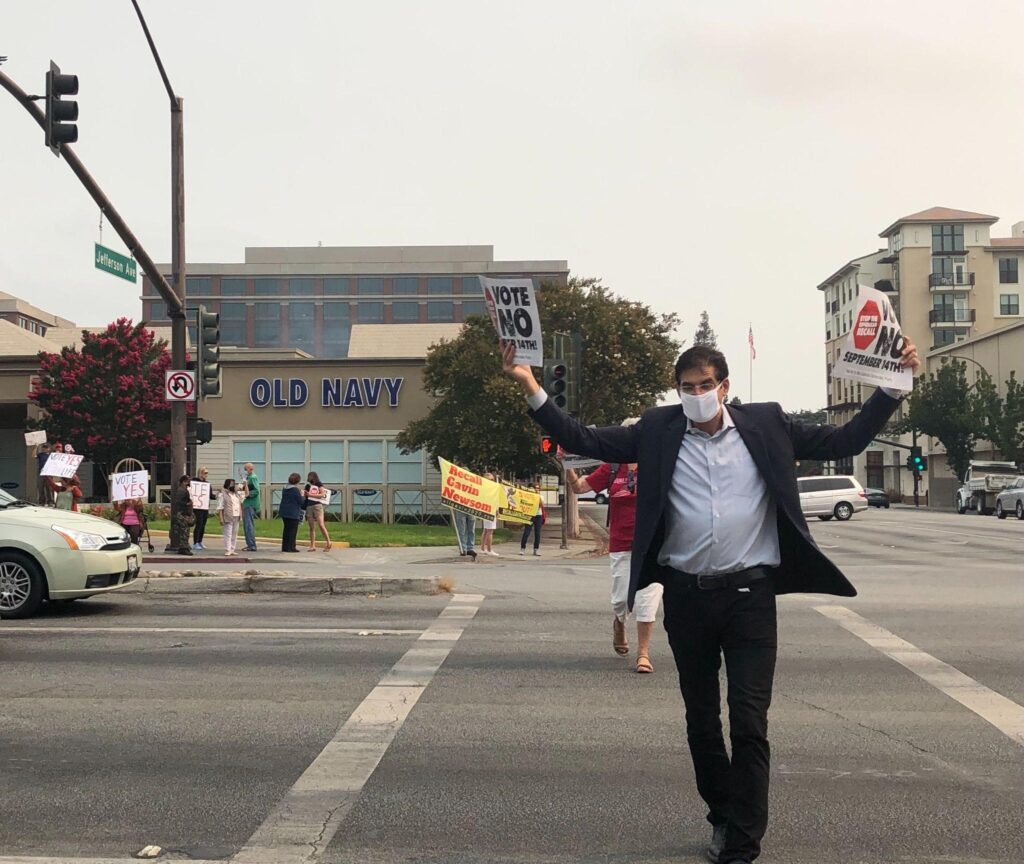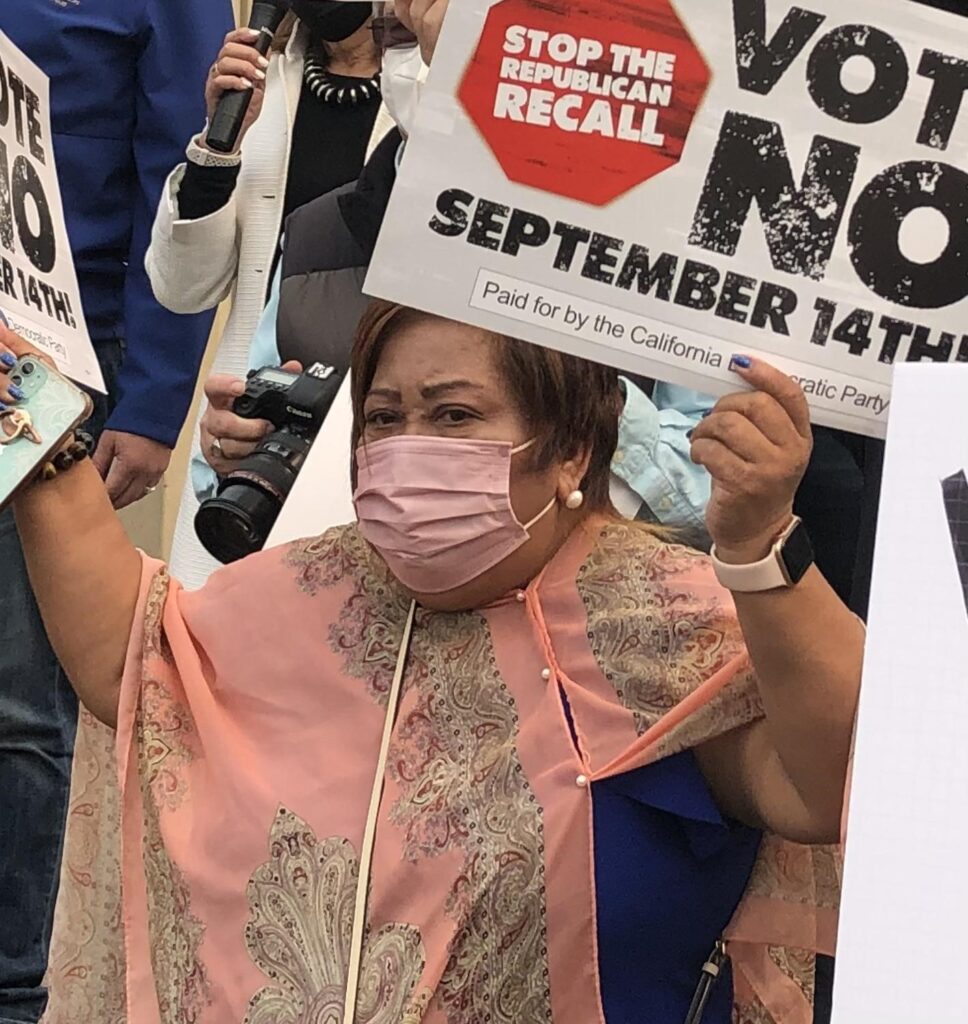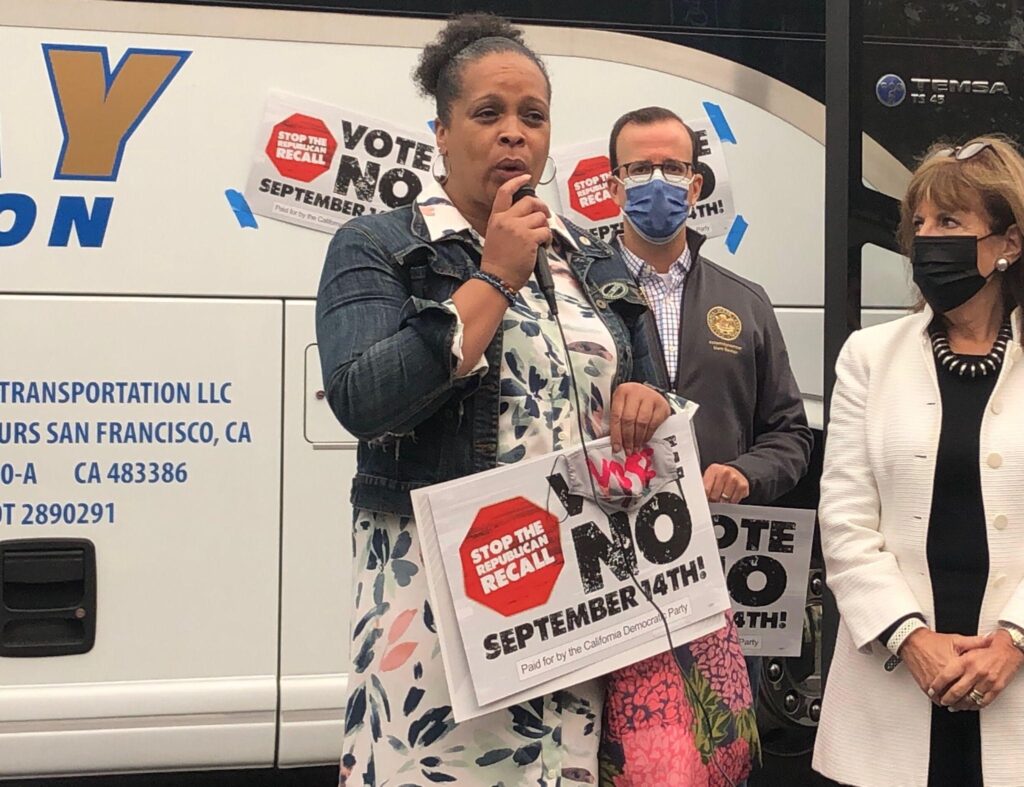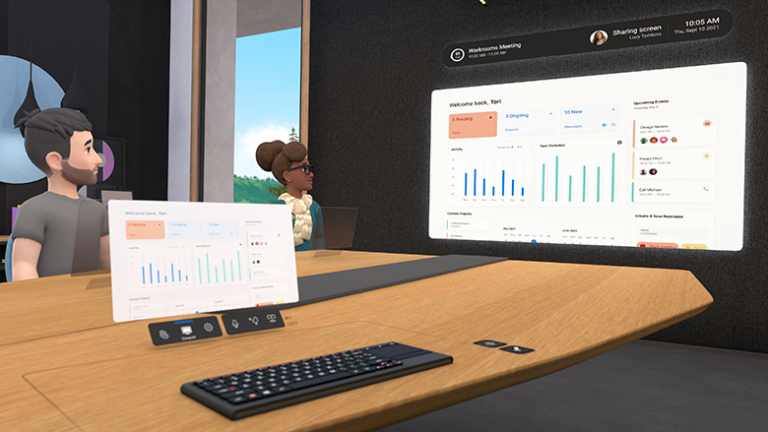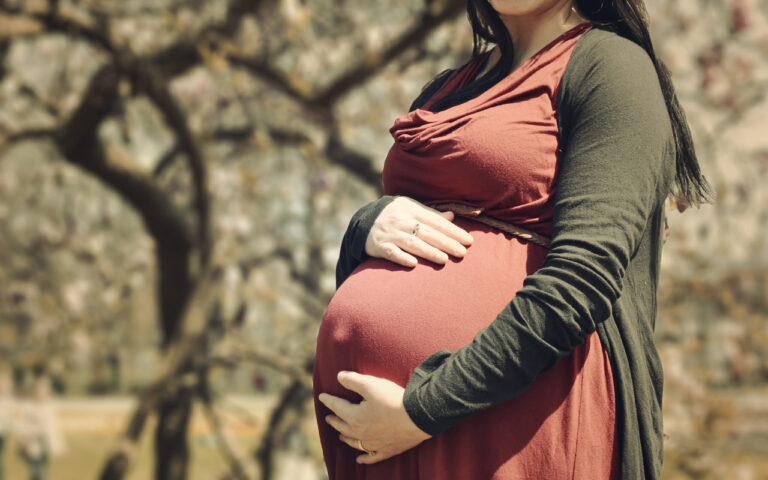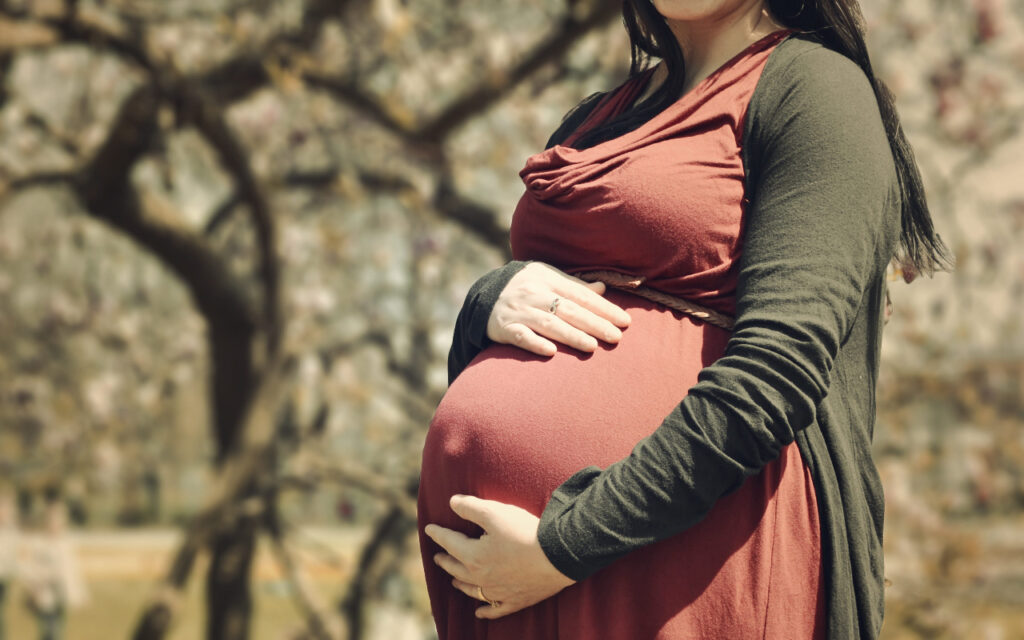
On Monday, the U.S. Food and Drug Administration (FDA) approved Pfizer-BioNTech's COVID-19 vaccine for people 16 years of age and older. (FDA) approved Pfizer-BioNTech's COVID-19 vaccine for people 16 years and older, which will be marketed under the name "Comirnaty".
The vaccine also remains available under emergency use authorization in the country, including for young people aged 12-15 years and for administration of a third dose in certain immunocompromised persons.
"The approval of this vaccine is a milestone in the fight against the COVID-19 pandemic," said the acting commissioner of the FDAJanet Woodcock.
He added that while this and other vaccines have met the FDA's rigorous scientific standards for emergency use authorization, "the public can be absolutely confident that this vaccine meets the high standards of safety, efficacy and manufacturing quality required by the FDA for product approval.
He also recalled that millions of people have already received COVID-19 vaccines safely, but acknowledged that for some, FDA approval may instill additional confidence in obtaining immunization. "Today's milestone brings us one step closer in the fight against this pandemic in the U.S.".
Since December 11, 2020, the Pfizer-BioNTech COVID-19 vaccine has been available in the U.S. for persons 16 years of age and older, and licensure was extended to include those aged 12 to 15 years on May 10, 2021.
Such applications to the FDA are made during public health emergencies to provide access to medical products that may be effective in preventing, diagnosing, or treating a disease, provided it is determined that the known and potential benefits of a product outweigh the known and potential risks of the product.
The FDA said in a statement that the vaccines it approves undergo the agency's standard process for reviewing the quality, safety and effectiveness of medical products.
"For all vaccines, FDA evaluates the data and information included in the manufacturer's submission of a Biologics License Application (BLA)."
A BLA is a comprehensive document submitted to the agency that provides very specific requirements. In the case of Comirnaty, the BLA is based on the wealth of previously submitted data supported by the U.S. administration, such as preclinical and clinical information, as well as details of the manufacturing process, test results, and inspections of vaccine manufacturing sites.
The agency conducts its own analysis of BLA data to ensure that the vaccine is safe and effective and meets FDA approval standards.
"Our medical and scientific experts conducted an incredibly thorough and thoughtful evaluation of this vaccine. We evaluated the scientific data and information contained in hundreds of thousands of pages, conducted our own analyses of Comirnaty's safety and efficacy, and performed a detailed evaluation of the manufacturing processes, including inspections of manufacturing facilities," said Peter Marks, director of the FDA's Center for Biologics Evaluation and Research.
"We have not lost sight of the fact that the COVID-19 public health crisis continues in the United States and that safe and effective vaccines are available to the public. The public and the medical community can be assured that, while we approved this vaccine quickly, it fully met our existing high standards for vaccines in the U.S.," he said.
Specifically, in the FDA's review for approval, the agency analyzed effectiveness data from approximately 20,000 vaccine and 20,000 placebo recipients aged 16 years or older who had no evidence of COVID-19 virus infection within one week of receiving the second dose.
The safety of Comirnaty was evaluated in approximately 22,000 people who received the vaccine and 22,000 people aged 16 years and older who received a placebo.
According to clinical trial results, the vaccine was 91 percent effective in preventing COVID-19 disease.
More than half of the clinical trial participants were followed for safety results for at least four months after the second dose. Overall, approximately 12,000 recipients have been followed for at least 6 months.
The side effects most frequently reported by clinical trial participants who received Comirnaty were pain, redness and swelling at the injection site, fatigue, headache, muscle or joint pain, chills, and fever. The vaccine is effective in preventing COVID-19 and potentially serious outcomes, such as hospitalization and death.
Continuous Vaccine Safety Monitoring
The FDA and the Centers for Disease Control and Prevention have monitoring systems in place to ensure that any safety concerns continue to be identified and evaluated in a timely manner. In addition, the FDA requires the company to conduct post-marketing studies to further evaluate the risks of myocarditis and pericarditis following vaccination with Comirnaty.
Comirnaty contains messenger RNA - mRNA - a kind of genetic material. The body uses the mRNA to mimic one of the proteins in the virus that causes COVID-19. The result of a person receiving this vaccine is that their immune system will eventually react defensively to the virus that causes this coronavirus.
Comirnaty mRNA is only present in the body for a short period of time and does not incorporate into or alter an individual's genetic material.
Comirnaty has the same formulation as the vaccine already in the country, and is administered in a series of two doses, three weeks apart.
You may be interested in: Only 1 in 4 Pregnant Women in U.S. with COVID-19 Vaccine




